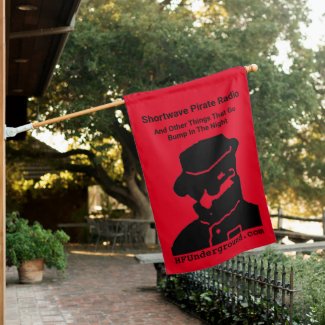1
European Pirates and Private Stations / Enterprise Radio 6950 AM 0710 UTC 05 FEB 2023
« on: February 05, 2023, 0756 UTC »
Italian pirate station, could be the only present on air. Selection of old pop italian songs at 07.15 UTC SINPO 44444
ID at 07.58: "Questa è la tua radio libera in onde corte, Enterprise Radio" (This is your free station on shortwave, ER) follow song from Ivan Graziani "Firenze (canzone triste)"
ID at 07.58: "Questa è la tua radio libera in onde corte, Enterprise Radio" (This is your free station on shortwave, ER) follow song from Ivan Graziani "Firenze (canzone triste)"


 Now is a simple heatsink in the back of metallic box...
Now is a simple heatsink in the back of metallic box...